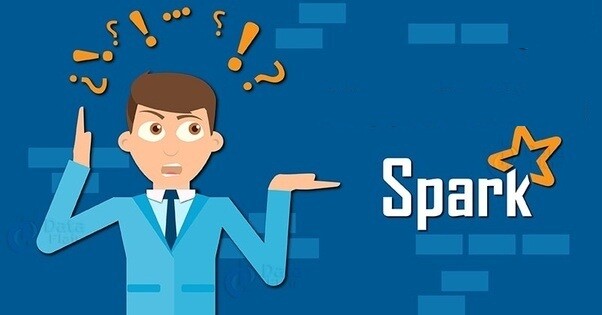Apache Spark is a lightning fast solution to handle big data, process humongous data, and derive knowledge from it at record speed. The efficiency that is possible through Apache Spark make it a preferred choice among data scientists and big data enthusiasts.
But, alongside the many advantages and features of Apache Spark that make it appealing, there are some ugly aspects of the technology, too. We have listed some of the challenges that developers face when working on big data with Apache Spark.
Here are some aspects to flip side of Apache Spark so that you can make an informed decision whether or not the platform is ideal for your next big data project.
The absence of an in-house file management system
Apache Spark depends on some other third-party system for its file management capabilities, therefore making it less efficient than other platforms. When it is not merged with the Hadoop Distributed File System (HDFS), it needs to be used with another cloud-based data platform. This is considered as one of its key disadvantages.
A large number of small files
This is another file management aspect that Spark is to be blamed for. When Apache Spark is used along with Hadoop, which it usually is, developers come across issues of small files. HDFS supports a limited number of large files, instead of a large number of small files.
Near real-time processing
When talking about Spark Streaming, the arriving stream is divided into batches of pre-defined intervals and each batch is then processed as a Resilient Distributed Dataset (RDD). After the operations are applied to each batch, the results are returned back in batches. Thus, this treating of data in batches does not qualify to be called a real-time processing, but since the operations are fast, Apache Spark can be called a near real-time data processing platform.
No automatic optimization process
Apache Spark does not have an automatic code optimization process in place, and thus there is a need to optimize the code manually. This comes as a disadvantage of the platform when most technologies and platforms are moving toward automation.
Back pressures
Back pressure is the condition when the data buffer fills completely, and there is a lining up of data at the input and the output channel. When this happens, no data is received or transferred until the buffer is emptied. Apache Spark does not have the required capability to handle this build-up of data implicitly, and thus this needs to be taken care of manually.
Expensive in-memory operations
In places where cost-effectiveness of processing is desirable, an in-memory processing capability can become a bottleneck as memory consumption is high and not handled from the perspective of the user. Apache Spark consumes and fills a lot of RAM to run its processes and analytics, thus being a costly approach to computing.
Python use
Developers and enthusiasts almost always recommend using Scala for working with Apache Spark, the reason being that each Spark release brings a thing or two for Scala and Java and updates the Python APIs to include newer things. Python users and developers are always a step behind Scala or Java users when working with Apache Spark. Also, with a pure RDD approach, Python is almost always slower than its Scala or Java counterpart.
Unfathomable errors
Developers complain of out-of-place errors when working with Apache Spark. Some failures are so vague that developers can spend hours simply looking at them and trying to defer what they mean.
With these lagging points, Apache Spark implementation may or may not be your way to go. Research is key in finding the right lightning fast big dats processing platform.

